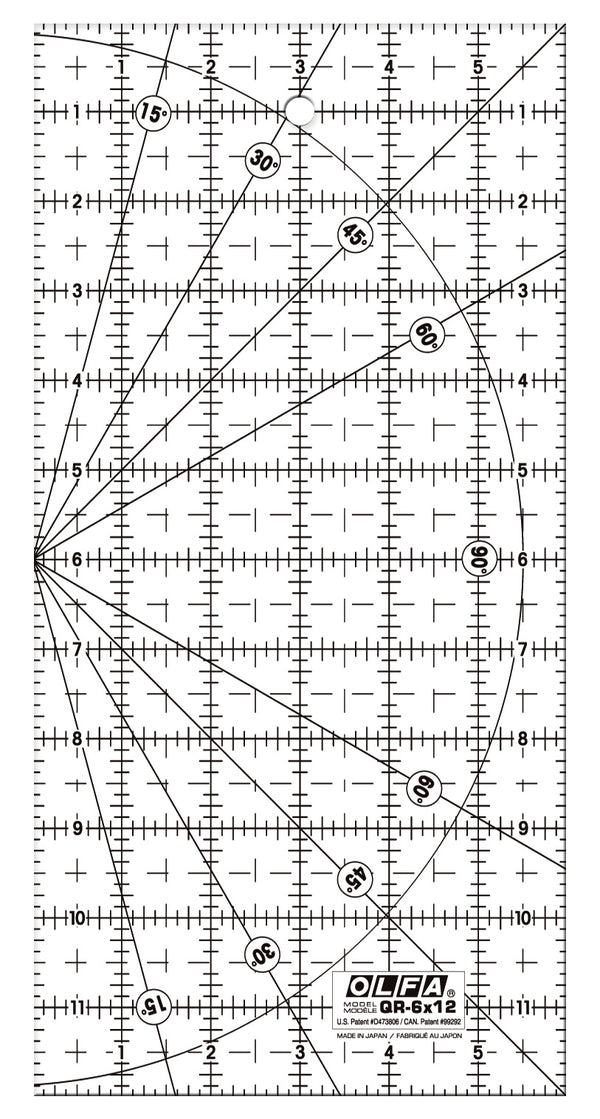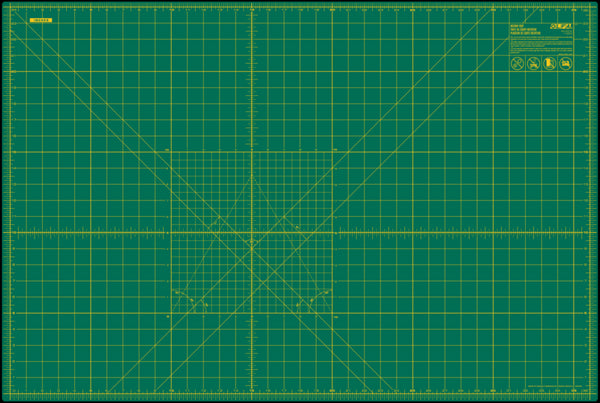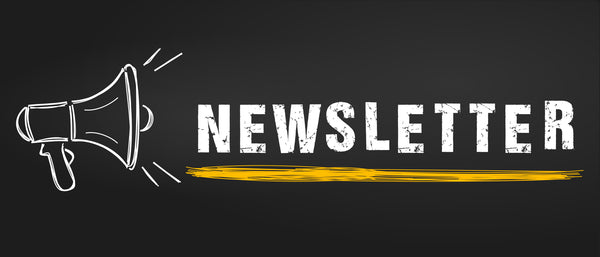
Four Basic Pleats and How to Create Them

Designer: Marcia Spencer
Instagram: @keechiibstyle
-----------------------------------
Whether its decorative or functional pleats are a great feature to add to a garment. There are many different types of pleats which are all just a variation of folded fabric pressed to create volume, shape and interest to basic fabrics where needed.
Pleats can be found in skirts, tops, dresses as well as pants in many different sizes, depending on the depth and volume you want to add to your garment. Pleats can get really fancy and intricate but I think if you nail some of the simpler types you can take on just about any pleat there is.
OLFA TOOL USED:
KNIFE PLEATS
Knife pleats may be the most common type of pleat being that most pleats are formed from some similar basic knife fold. They can be large or small and are all pressed face down in the same direction. They are most commonly used in skirts and can be attached to the waistband or start below the hips.
I created these knife pleats with my OLFA Acrylic ruler and Mat marking three lines 1” apart on my fabric, folding the second line while bringing the first line to match the third line. Repeat this process for the next set of three lines creating folds in the same direction.
INVERTED BOX PLEATS
Another common style is the Inverted Box Pleats. The pleats are pressed in opposite directions meeting in the middle. These pleats commonly create added room and ease to garment like skirts and pants. Sometimes pops of color are added as insert between the box pleats for added interest.
For this pleat I marked three lines 2” apart. Folding line 1 and matching it on the centerline (Line 2). Press. I then fold line three back towards the center matching line 3 to line 2. Press.
BOX PLEATS
The Box Pleat is another common pleat. Much like the inverted pleat instead the fabric is folded out instead of in. This pleat is folded in opposite directions away from each other, They do not meet in the middle like the inverted box pleat. These pleats can be found in school uniforms, plaid skirts and the back of men's shirts. The box pleats also can be singular or double.
For this pleat I marked lines 1 and 2, 1” apart, lines 2 and 3, 2” apart and lines 3 and 4 1” apart and pressed them out.
PINTUCKS
Pintuck pleats are small pleats that are stitched along their length. They add interest and texture to clothing rather than volume. Many tuxedo skirts have fine pintucks along the front. Pintucks can also be sewn across in different directions to add a 3-dimensional look.
To create this style I marked two lines 1’ apart folding the fabric upward and bringing the lines together beneath the fold. These pleats are sewn straight down the pleat and repeated row after row until you get your desired look.
Although most of the time pintucks are smaller and concentrated in one area you usually lose quite a bit of fabric width in the making of these pleats as well. So it is safe to say you may find that you need more fabric to create them just as you would all other pleats where you are gathering fabric.
Pleats can be a little tricky and get intricate at times. But if you remember that they are all formed on one simple fold the only thing that changes is the length apart, the direction it is pressed and how many you create. It should make the task easier to tackle!
Until Next Time!
Marcia





















